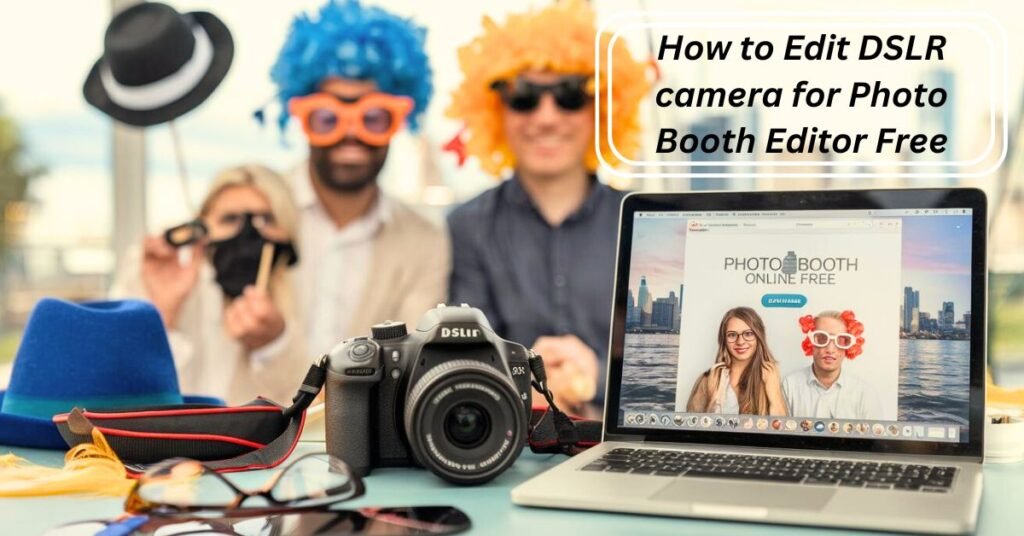Macro photography, often referred to as close-up photography, is the art of capturing extreme close-up images of small subjects. This technique magnifies the subject, revealing details that are often missed by the human eye. Macro photography opens up a world of endless possibilities, allowing photographers to explore insects, plants, water droplets, and other tiny elements with unparalleled precision.
Whether you’re a beginner or an experienced photographer, macro photography provides a unique opportunity to experiment with depth, textures, and colors while showcasing nature’s intricacies. Let’s dive into the essential techniques that will help you capture the beauty of the miniature world.
Essential Equipment for Macro Photography
While macro photography can be achieved with a wide range of equipment, investing in the right tools can significantly improve the quality of your images. Here’s a breakdown of the most crucial equipment for macro photography:
a. Macro Lens
A dedicated macro lens is the most important tool for any macro photographer. These lenses are designed to focus at extremely close distances and offer high magnification ratios, typically 1:1. This means the subject appears life-size on the camera’s sensor.
Some popular macro lenses include:
- Canon EF 100mm f/2.8L Macro IS USM
- Nikon AF-S VR Micro-Nikkor 105mm f/2.8G IF-ED
- Sony FE 90mm f/2.8 Macro G OSS
b. Extension Tubes
Extension tubes are an affordable way to increase the magnification of your existing lens. By placing these tubes between your camera body and lens, you reduce the minimum focusing distance, allowing you to get closer to your subject.
c. Tripod and Remote Shutter Release
Stability is key in macro photography since even the smallest movement can ruin a shot. A sturdy tripod helps eliminate camera shake, while a remote shutter release minimizes vibrations caused by manually pressing the camera’s shutter button.
d. Ring Light or Flash
Lighting is crucial in macro photography, and a ring light or dedicated macro flash helps evenly illuminate your subject, reducing harsh shadows and providing balanced exposure.
Understanding Magnification and Working Distance
Two critical concepts in macro photography are magnification and working distance. Understanding these will help you plan your shots and choose the right lens for your needs.
a. Magnification Ratio
The magnification ratio refers to how much larger the subject appears on the camera sensor compared to its actual size. A 1:1 ratio means the subject is captured at life-size, while a 2:1 ratio means it’s twice as large. Most true macro lenses offer at least a 1:1 magnification ratio.
b. Working Distance
Working distance refers to the distance between your camera’s lens and the subject. In macro photography, a shorter working distance allows for extreme close-ups, but it can make it difficult to light your subject properly. A longer working distance, such as those provided by telephoto macro lenses, gives more room to maneuver lighting and position the camera.

Mastering Focus in Macro Photography
Achieving sharp focus is one of the biggest challenges in macro photography due to the shallow depth of field when shooting at close distances. Here are some essential tips to help you nail the focus:
a. Manual Focus vs. Autofocus
In macro photography, manual focus is often preferred over autofocus because autofocus systems can struggle to lock onto tiny subjects. Using live view on your camera and manually adjusting the focus allows you to have greater control, especially when working with moving subjects like insects.
b. Focus Stacking
Focus stacking is a post-processing technique that involves taking multiple shots of the same subject, each with a different focus point. These images are then combined in editing software to create a final image with an extended depth of field. This is especially useful for highly detailed macro shots where you want the entire subject in sharp focus.
c. Use of Focus Peaking
Some cameras offer a feature called focus peaking, which highlights the areas in the frame that are in focus. This is particularly useful for macro photography because it gives you a visual indicator of which parts of the subject are sharp.
Importance of Lighting in Macro Photography
Lighting plays a vital role in macro photography, as the close proximity of the subject can create harsh shadows and uneven exposure. Here are some key lighting techniques to consider:
a. Natural Light
Shooting outdoors under natural light can produce beautiful results, but the direction and intensity of the sunlight are important to control. Soft, diffused light, such as early morning or late afternoon sunlight, works best for macro photography. You can use reflectors or diffusers to soften harsh shadows.
b. Flash and Ring Light
A ring light or dedicated macro flash ensures even lighting across your subject, reducing harsh shadows. These lights attach to the front of your lens and provide balanced illumination, which is ideal for capturing intricate details. Adjusting the power of your flash allows you to control how much light is added to the scene.
c. Reflectors and Diffusers
Reflectors and diffusers are great tools for managing light in macro photography. A reflector bounces light onto your subject, filling in shadows, while a diffuser softens harsh direct sunlight, creating a more even exposure.
Composing the Perfect Macro Shot
While technical aspects like focus and lighting are crucial, composition plays an equally important role in creating captivating macro images. The following tips can help improve your macro compositions:
a. Rule of Thirds
The rule of thirds is a classic photography composition technique that works well in macro photography. By dividing your frame into a 3×3 grid, you can place your subject along the intersecting lines or at one of the grid’s points to create a balanced and aesthetically pleasing image.
b. Fill the Frame
Since macro photography is about highlighting small details, don’t be afraid to fill the frame with your subject. This not only draws attention to your subject but also eliminates distractions from the background.
c. Background Control
Speaking of backgrounds, paying attention to what’s behind your subject is essential. A busy or cluttered background can distract from the subject. Try to use a shallow depth of field to blur the background or find a neutral backdrop to isolate your subject.
Post-Processing Techniques for Macro Photography
Once you’ve captured your macro shots, post-processing can enhance the final image. Here are a few techniques to consider during the editing process:
a. Sharpening
Macro photography often benefits from a little extra sharpening to bring out the fine details. Use sharpening tools in your preferred editing software, such as Adobe Lightroom or Photoshop, to increase clarity.
b. Focus Stacking
As mentioned earlier, focus stacking can be done in post-processing to merge multiple images into one, giving you a sharper image with a greater depth of field. This is especially useful for detailed macro shots where the entire subject needs to be in focus.
c. Color Adjustments
Macro photography can showcase vibrant colors, but sometimes colors can appear washed out due to lighting conditions. Adjusting saturation, contrast, and vibrance can bring back the rich hues in your subject.
Tips for Ethical Macro Photography
Macro photography often involves shooting living organisms, such as insects or flowers, which are part of delicate ecosystems. Here are some tips to ensure you practice ethical macro photography:
- Respect Nature: Avoid causing harm to the environment, and refrain from disturbing habitats or handling living creatures.
- Leave No Trace: Take care not to damage plants, flowers, or ecosystems while setting up your shots.
- Be Patient: Many subjects, such as insects, may take time to get comfortable. Waiting patiently for the perfect shot can often lead to more natural and stunning images.
Frequently Asked Questions (FAQ)
Q1: What camera settings should I use for macro photography?
- Use a small aperture (f/8 to f/16) for better depth of field, a low ISO to minimize noise, and a shutter speed fast enough to avoid camera shake, especially when shooting handheld.
Q2: Can I use a regular lens for macro photography?
- While a dedicated macro lens is ideal, you can use regular lenses with extension tubes or close-up filters to achieve macro-like results.
Q3: Is a tripod necessary for macro photography?
- While not always necessary, a tripod helps stabilize the camera and reduce blur, especially when shooting with slow shutter speeds or in low-light conditions.
Conclusion
Mastering macro photography techniques unlocks a world of creative possibilities. By understanding magnification, lighting, focus, and composition, you can capture stunning images of the tiny world around us. With practice, patience, and the right tools, you’ll be able to showcase the intricate details that make macro photography so captivating.
Photo Editor Online HD! Our powerful, web-based editing platform allows you to enhance, crop, and add unique effects to your photos with ease. Experience flexibility and control with our user-friendly interface, perfect for both beginners and professionals. With Photo Editor Online HD, you can transform your images into stunning visuals in no time. Explore our exciting features – from basic adjustments to advanced design tools like adding text, shapes, and icons. Plus, our free drawing tool lets you add that extra flair to your photos. Start creating amazing designs today with Photo Editor Online HD.








